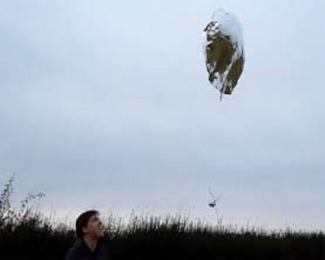
From ARVic, original post here.
The wind pattern over Australia’s eastern states last weekend had pico balloon PS-60 taking full advantage, but this time the solar powered payload sent VHF and UHF signals at a mere 10mW for tracking.
Andy VK3YT launched a balloon PS-60 on Saturday (January 30), transmitting Automatic Packet Reporting System or APRS on 145.175 MHz, and Olivia 8/250 with Radio Set Identification RSID on 434.649 MHz USB. PS-60 was released to explore the interesting wind pattern and provide an opportunity for extended local tracking.
Andy VK3YT says the circular wind pattern happens from time to time in various parts of the world, which causes loops like what we have seen. It is not very common for a balloon to be in right in the middle of one, like in this case.
After days over Victoria, South Australia and New South Wales, it looped six times which gave many hours of tracking. Moving now over the Tasman Sea, New Zealand trackers are now expected to report its location, altitude, the temperature and battery condition.
Meantime, the earlier PS-58 pico balloon on HF, launched from Melbourne on December 29, safely negotiated the infamous Bermuda triangle. While still in the northern hemisphere it entered Africa at Guinea to exit at Liberia.
The balloon then returned to the Southern Hemisphere, and was heard last heading again back towards South America. Trackers in North America and South Africa are keeping a watch on the latest progress via the JT9 and WSPR transmissions.

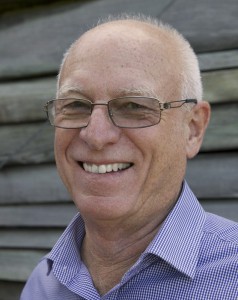
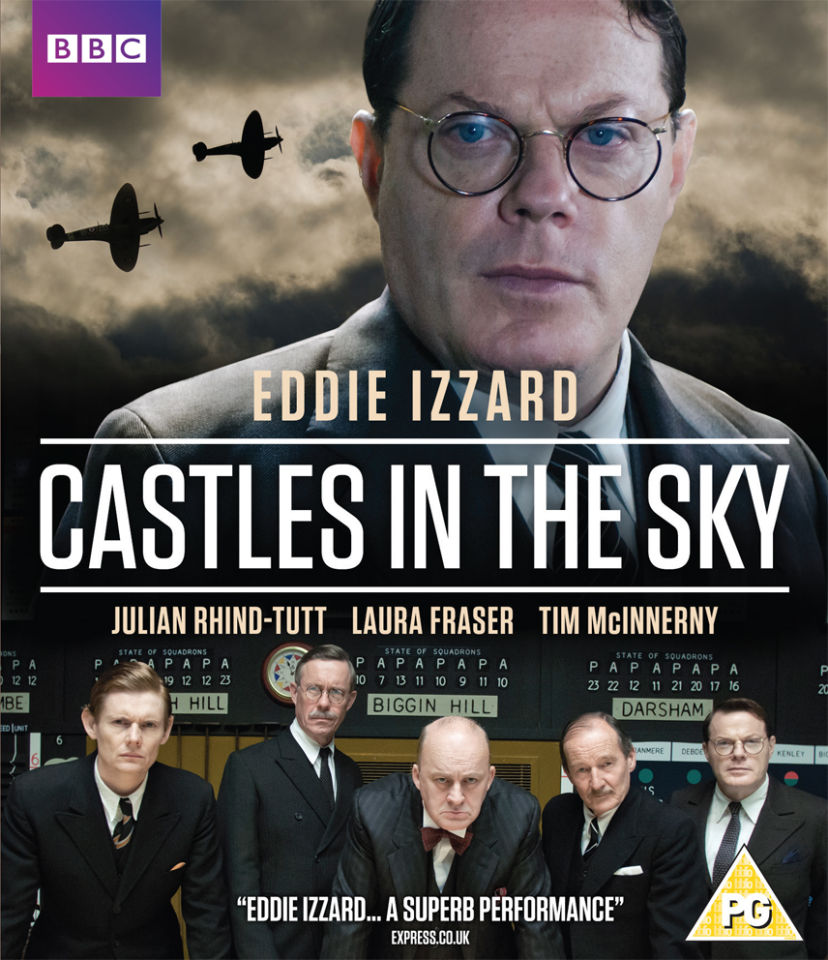
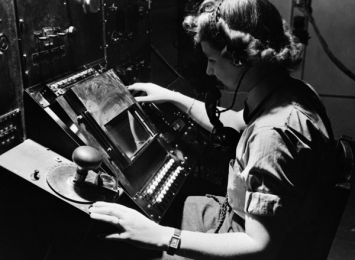
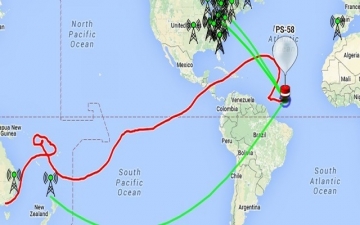 From
From